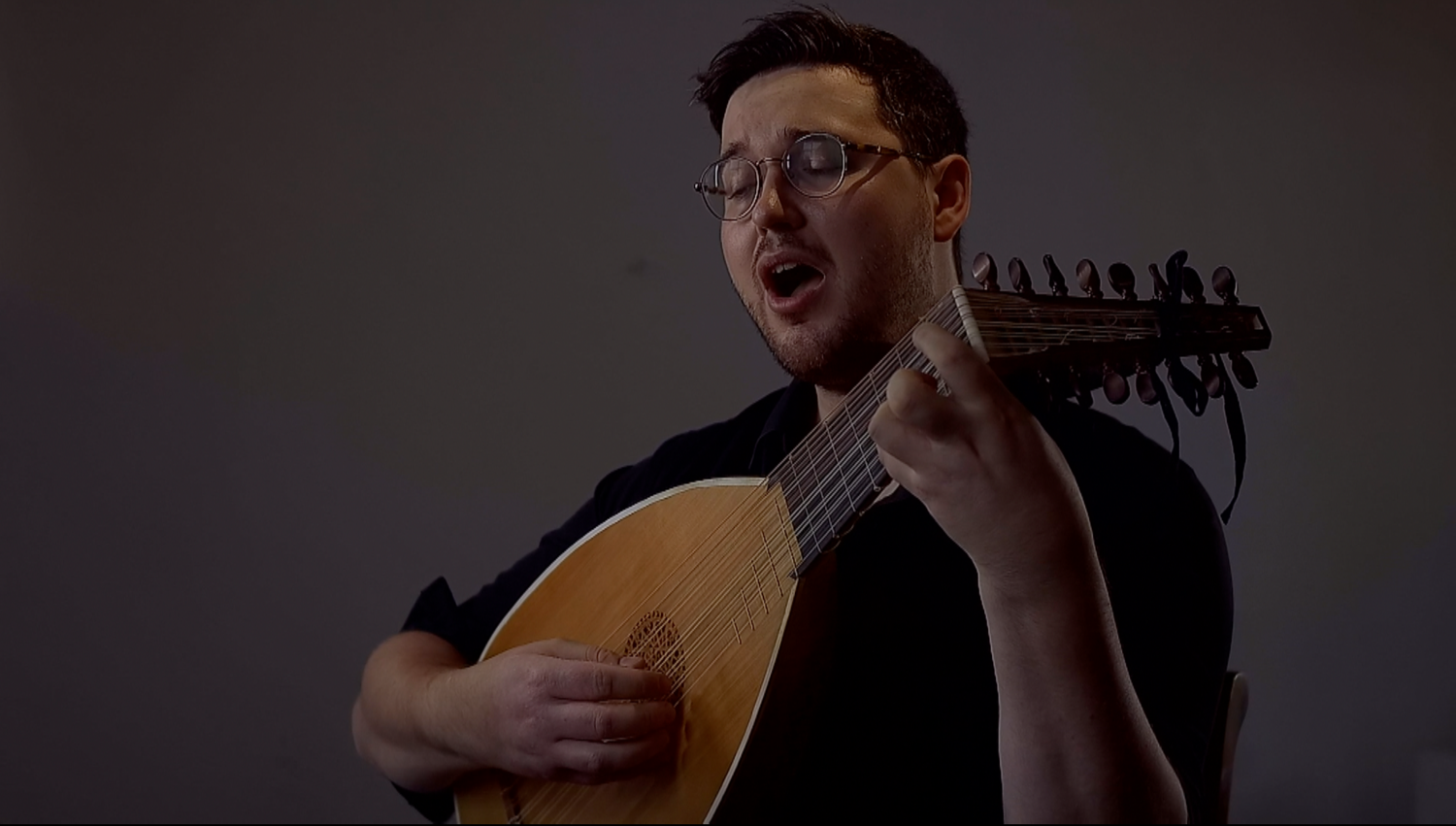Luigi Zenobi on the Role of the Inner Voices in Polyphonic Singing (c.1600)
- Tim Braithwaite

- Jan 19, 2021
- 2 min read
Since we’ve already seen Zenobi’s comments on the requirements for a soprano (https://www.cacophonyhistoricalsinging.com/post/luigi-zenobi-s-instructions-for-the-perfect-soprano-c-1600), I thought it might be worth examining some of his comments on the role of the inner voices, since I at least find them somewhat surprising:
‘The tenor should sing his embellishments when the bass and the companion parts hold steady; he must use passages proper to his part and avoid those of the bass, except when the composition places him in the lowest part, in which case he should do it with judgement and discretion. And likewise the alto can and should proceed. But I should recommend that these middle parts use embellishments rarely and content themselves with knowing how to ascend and descend with a delicate wavy motion (ondeggiando) and at times use a few gentle trilli or tremoli. Undoubtedly this would bring them more praise from those who know what it is to sing well.’
‘Il tenore deve passaggiare quando il Basso, e le parti compagne stanno ferme, et usar passaggi proprij della parte sua, e non toccare quelli del Basso, se non quando la Compositione to lascia in sua vece et all'hora farlo con giuditio, e discretione. Et altrettanto puo e deve fare il Contralto. Ma io lodarei in queste parti di mezzo, che elleno passaggiassero di rado, e si contentassero di sapere ascendere e discendere con la voce gratiosamente ondeggiando et usando tall'hora qualche trillo, o tremolo gentile, che senza dubbio ne sarebbono assai piu lodati da chi sa che cosa importi cantar bene.’
Since the terms ‘trillo’ and ‘tremolo’ are quite flexible around this period, perhaps it’s useful to include Zenobi’s own definition of the two:
‘A trillo is that [ornament] that stops neither on the line nor in the space [but always moves] with velocity; tremolo is that [embellishment] that touches [notes] on the line and in the space in whatever manner one may wish to execute it’
‘Trillo e quello, che non si ferma, ne in riga ne ispatio (ma muove sempre) con velocita. Tremolo e quello, che tocca della riga, e dello spatio in qual'si voglia modo, ch'ei si faccia.’
Below is Praetorius’s (1619) notated examples of these two ornaments. These are chosen since they seem to be the most likely interpretations of these two descriptions, with the ‘trillo’ being a repetition of single pitch (‘entweder auff einer linien oder im spatio’), and the tremolo an alternation of two neighbouring pitches (‘che tocca della riga, e dello spatio...’)


Footnotes:
Luigi Zenobi and Bonny Blackburn, “Luigi Zenobi and His Letter on the Perfect Musician,” Studi Musicali 22 (1993): 61–114.
Michael Praetorius, The Syntagma Musicum III (Wolfenbüttel, 1619).




Comments